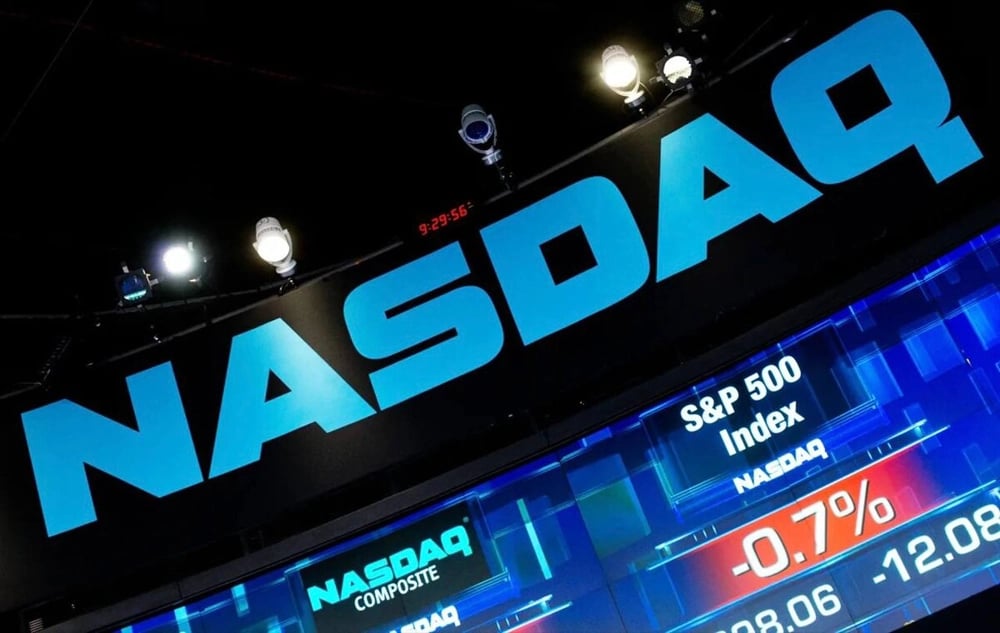US Equities Hold Steady Amid Sector Divergence and Mixed Economic Signals
At midday on Wednesday, the primary US stock benchmarks signaled stability despite divergent sector performance and underwhelming macroeconomic readings. The S&P 500 $^SPX hovered near the flatline, with five of its 11 sectors posting gains. The tech-heavy Nasdaq 100 $^NDX inched up by 0.1%, brushing aside headwinds from the softening labor market and subdued service sector output. The Dow Jones Industrial Average $^DJI was unchanged, reflecting restrained investor sentiment.
Tech Resilience Offsets Weak Economic Data
Advanced technology companies provided support for the broader market as economic indicators disappointed. Payrolls and services reports, reflecting slower growth, would typically weigh on risk assets. In this instance, robust gains among leading technology players—driven by demand for innovation and digital infrastructure—helped balance the scales, underscoring the sector’s defensive characteristics even during uncertain economic conditions.

Key Movers and Corporate Developments
Among notable equities, Broadcom Inc. $AVGO maintained upward momentum, extending recent gains amid optimism over semiconductor demand and AI investment. In contrast, Dollar Tree Inc. $DLTR experienced an 8% drop following an investor update. The discount retailer cautioned that higher tariff-related expenditures may compress Q2 earnings by as much as 50% year-over-year, highlighting ongoing cost pressures within the retail landscape.
Industrial Sector Sees Landmark Merger
Industrial market dynamics shifted as Chart Industries Inc. $GTLS and Flowserve Corp. $FLS reached a merger agreement. The transaction, valuing the combined enterprise at roughly $19 billion, consolidates expertise in engineering solutions for a broad spectrum of energy, infrastructure, and manufacturing markets. This move is poised to reshape the competitive landscape by expanding scale and operational capabilities.
Recent Shifts Shaping the US Market
Technology stocks underpinned indices amidst negative macroeconomic data, reflecting sector leadership;
Consumer discretionary names, like DLTR, encountered volatility from evolving tariff structures and margin challenges;
The merger announcement between GTLS and FLS has the potential to enhance industrial sector productivity and profile;
Index stability suggests market participants are evaluating both short-term macro data and long-term innovation-driven growth.

Conclusion
Markets absorbed weak employment and services figures without triggering broad-based selloffs, highlighting the balancing effect of sector rotation and corporate catalysts. Technology resilience, pronounced retail volatility, and transformative industrial moves underscore the evolving character of US equities in the current economic cycle.















Comments